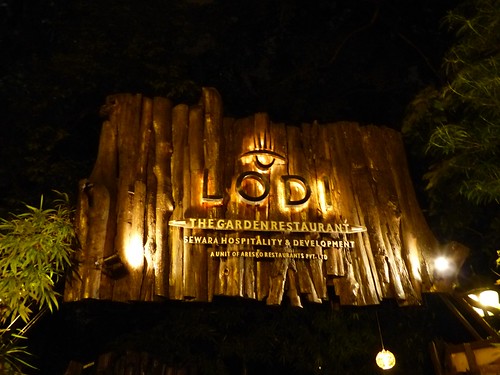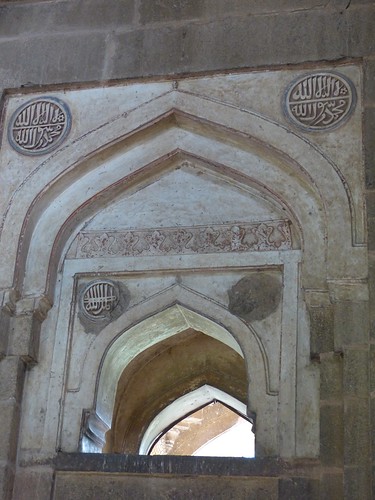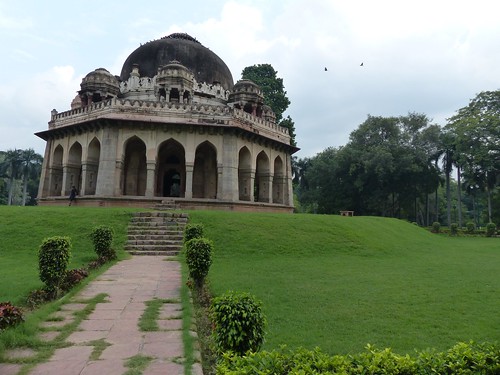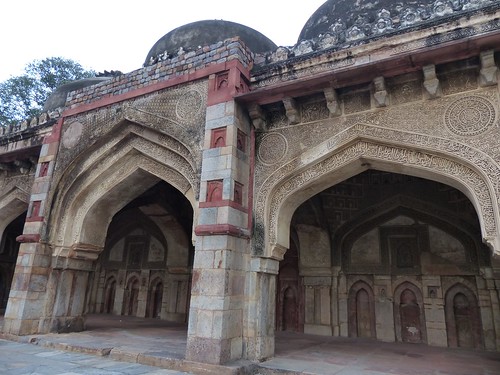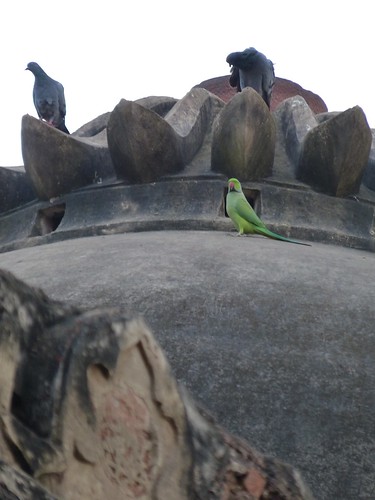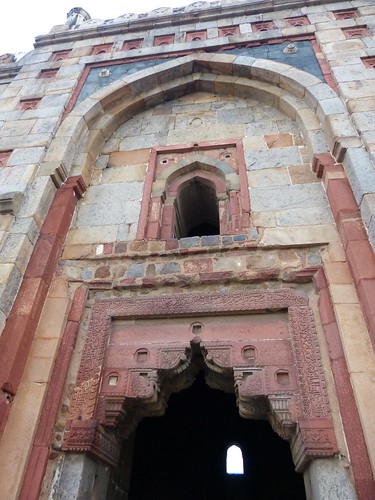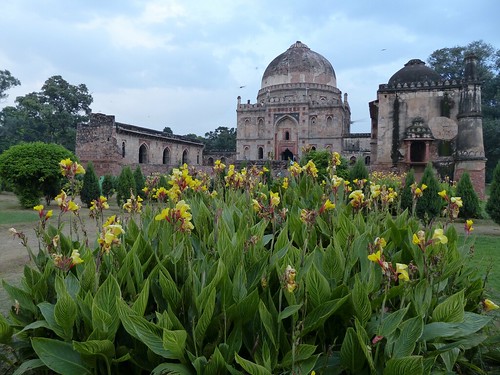Sweethearts, joggers, picnickers, playgroups, families and tourists all seem to find what they’re looking for at Lodi Garden, Delhi’s 90-acre premier park sprinkled with 15th- and 16th-century monuments. Saturday, a group of us met there for a steamy tail-end-of-monsoon-season tour with Moby, of Delhi Heritage Walks.
I can’t believe I haven’t visited this spot before now. It’s about 15 minutes from our house, and its grassy slopes, thick trees, ubiquitous flowers, swarms of yellow dragonflies and soaring parakeets created a surprising oasis.
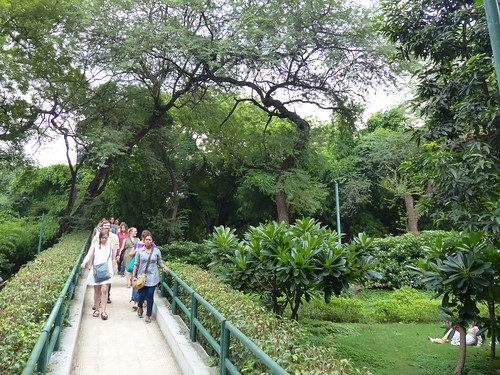
Bottle palms imported from Cuba line the path.
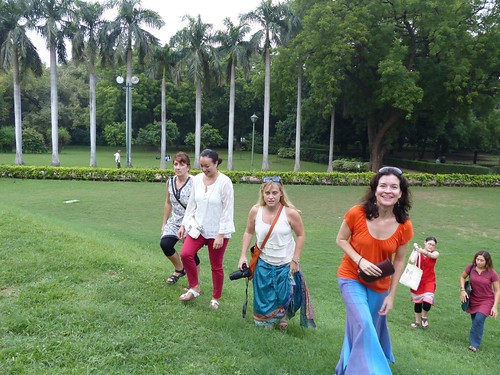
Wikipedia offers this background:
Under the Mughals major renovations would often take place depending on what occasions they would use the gardens for, under Akbar the Great the garden was used as an observatory and to keep records in a purpose built library. In the centuries, after the 15th century Sayyid and Lodi dynasties, two villages grew around the monuments, but the villagers were relocated in 1936 in order to create the gardens. During British Raj, it was landscaped by Lady Willingdon, wife of Governor-General of India, Marquess of Willingdon, and hence named the ‘Lady Willingdon Park’ upon its inauguration on April 9, 1936, and in 1947, after Independence, it was given its present name, Lodi Gardens.
Moby had an excellent understanding of Delhi’s history and shared interesting anecdotes and facts about the park’s design and architecture. She explained that most of the tombs in the park dated from the short-lived Sayyid Dynasty, which ruled from 1414 to 1451. Not much remains from that dynasty, she said, so these monuments are under the protection of the Archaeological Survey of India.
The tomb of Mohammed Shah, the last of the Sayyid dynasty rulers, was built in 1444.
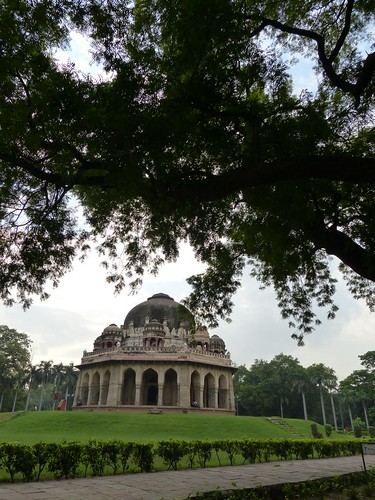
Arches were a new architectural feature of this era, Moby told us. Traditional Hindu architecture featured doorways with decorative beams, which couldn’t support towering domes.
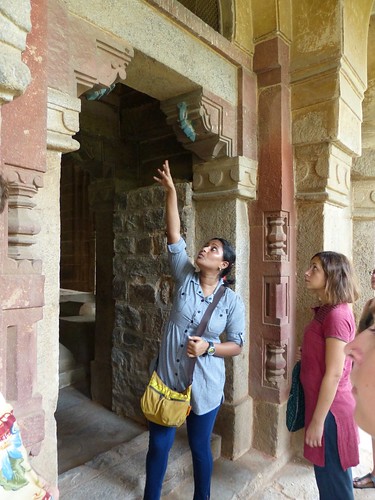
The stone used for construction was impossible to carve, so builders used limestone plaster to carve ornamental designs and inscriptions from the Qur’an.

The ceiling must have been stunning back then.
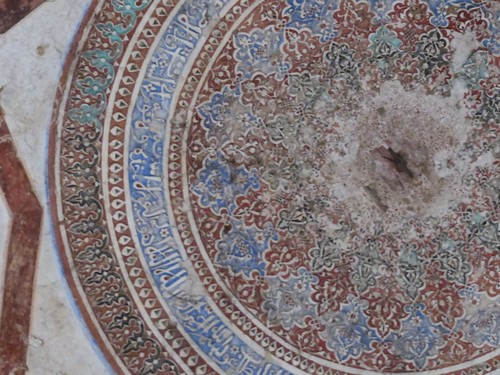
Signs help with identification of the garden’s many species of butterflies, migratory birds, trees and plants.
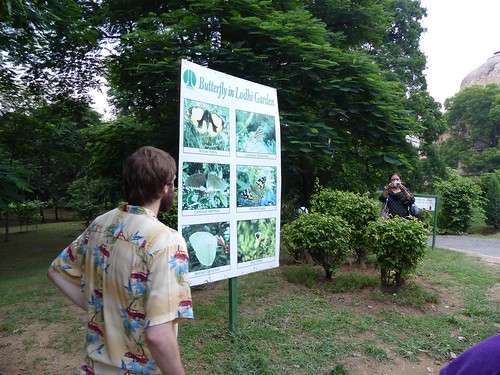
We saw lots of common Hindus, but we didn’t spot any Common Mormons.
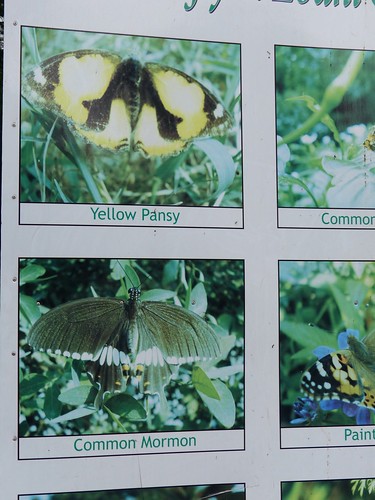
I never tire of seeing daily life in the shadow of ancient monuments. This group played badminton next to the Bada Gumbad Mosque. An inscription inside dates the mosque to 1494.

More carved limestone plaster. So fancy!

The Bada Gumbud building is believed to be a gateway and dates to the Lodi Dynasty, which ruled from 1451 to 1526.
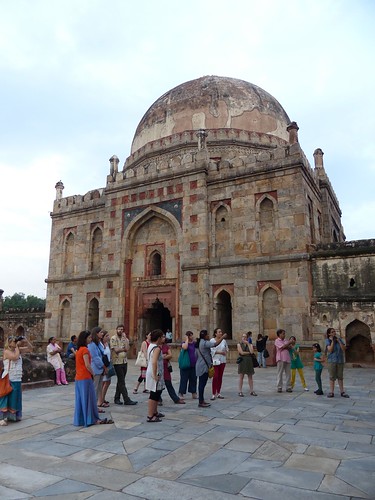
This Lodi Dynasty-era tomb is called Shish Gumbad. We thought that name might stem from the very steep steps, which make you say, “Sheeesh!” It turns out the name actually means “dome of glass” and refers to its glazed tiles. There are several graves inside, but nobody knows who they are.
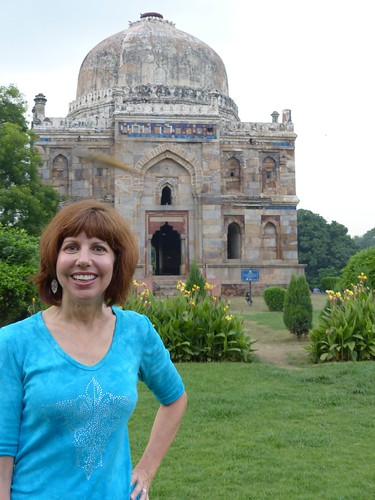
At one point, the sky filled with kites. Not the colorful attached-to-strings kind, but the forked-tail birds-of-prey kind. Very cool.
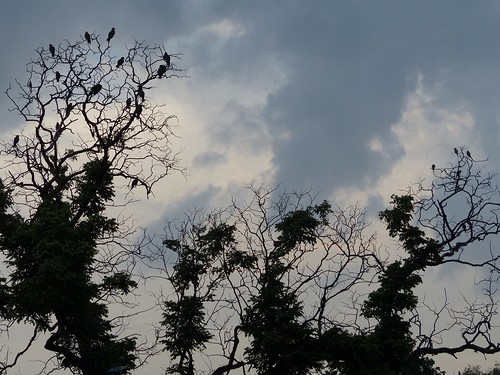
Moby encouraged us to pick up the pace or risk getting locked out of the last monument. Sure enough, when we arrived at Sikandar Lodi’s tomb, the gate was padlocked.
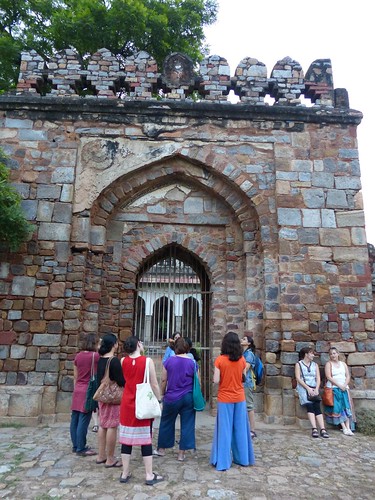
A kind guard let us in “for five minutes.” By now, it was getting dark, and we couldn’t really see the painting or carving work inside the tomb. Sikandar Lodi’s son built the tomb but then went on to lose a battle that ended his dynasty and brought the Mughal Empire to power.
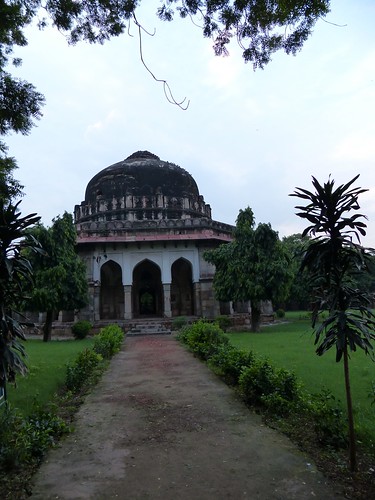
On our way out, Moby showed us another tower that may or may not be the oldest building in the park. To be honest, I was too peckish to pay attention anymore. In fact, we were all sweaty, tired and hungry. Good thing we had a reservation at The Garden Restaurant attached to the park. Good food and good company!
